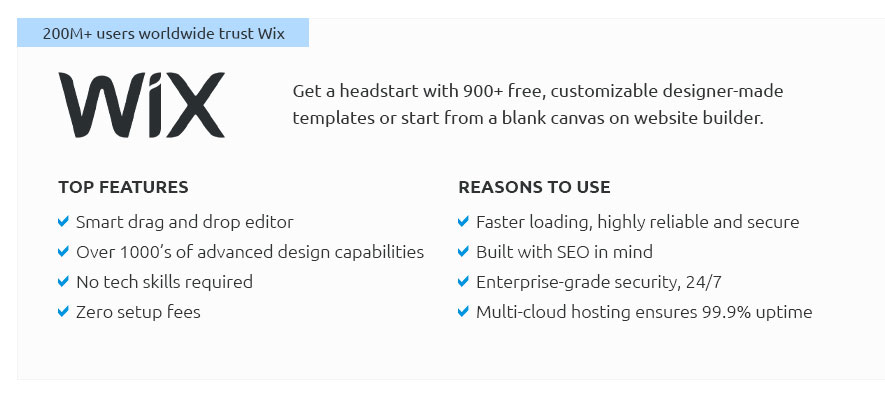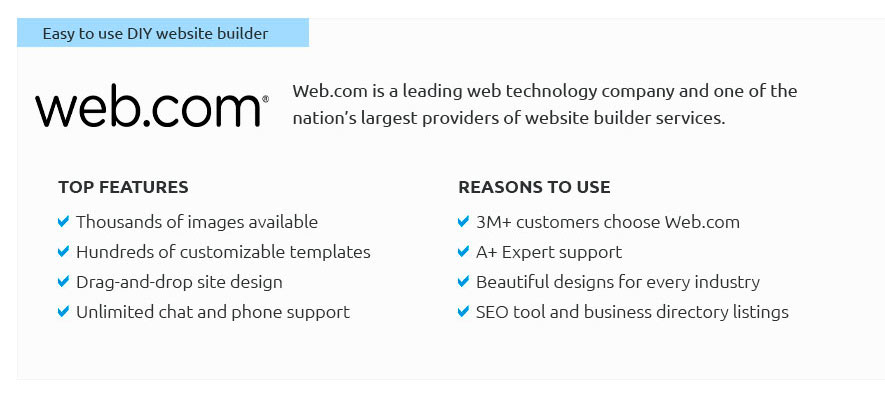 |
 |
 |
 |
|
 |
 |
 |
|
 |
|
 |
 |
|
 |
|
 |
|
 |
 |
How to Develop a Website: A Comprehensive GuideIn today's digital age, having a website is not just a luxury but a necessity for businesses, entrepreneurs, and even hobbyists who wish to establish an online presence. But how does one go about creating a website? This guide aims to provide you with reliable insights into the process of website development, unraveling the mystery behind the screens and code. Let's dive in. Firstly, it's important to understand the fundamental steps involved in website development. While the journey can seem daunting at first, breaking it down into manageable steps can make the process much more approachable. Here are the key phases:
Of course, the above steps are a general overview, and each website project may have its unique challenges and requirements. From a personal perspective, the satisfaction of seeing your website come to life, knowing it was built from the ground up by your own hands, is immensely rewarding. However, it's also crucial to acknowledge that website development is a continuously evolving field. Technologies advance rapidly, and staying updated with the latest trends and best practices can be as rewarding as it is challenging. Therefore, engaging with online communities, taking courses, and following industry blogs can help keep your skills sharp. In conclusion, developing a website is a multifaceted process that combines creativity, technical skills, and strategic thinking. Whether you choose to build it yourself or hire professionals, understanding the basics of how it works can empower you to make informed decisions that align with your vision. Remember, the digital world is your oyster, and with the right tools and mindset, you can create a website that stands out in the vast sea of the internet. https://mailchimp.com/resources/guide-to-website-development/
Developing a website includes everything from acquiring a domain name to building the front-end and back-end of the website. https://www.quora.com/Web-developers-whats-the-fastest-way-to-develop-a-website
The easiest and fastest way to build a website is to use a website builder like Wix or Squarespace. These platforms offer intuitive interfaces, ... https://blog.hubspot.com/website/website-development
Web development refers to the overall process of creating websites or web applications, including the project's design, layout, coding, content ...
|